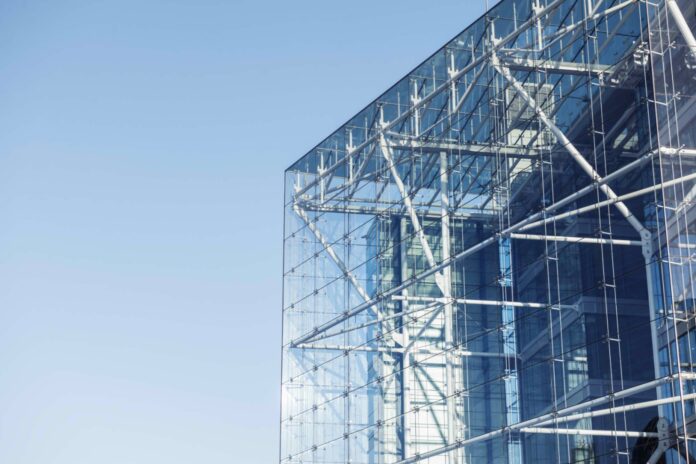[ad_1]
In the construction world, steel has emerged as a formidable contender, offering many advantages over traditional building materials.
From commercial warehouses to residential homes, steel’s versatility and durability make it an ideal choice among architects, builders, and property owners alike.
This article dives into the diverse benefits of steel buildings, shedding light on why they continue to dominate the construction landscape.

1. Strength and Durability
Steel is renowned for its excellent stability and durability, making it an ideal material for constructing buildings that withstand various environmental challenges.
Unlike wood or concrete structures, these buildings resist rot, mold, termites, and fire, ensuring longevity and minimal maintenance requirements.
This inherent resilience enhances the safety of occupants and provides peace of mind to property owners.
2. Cost-Effectiveness
While the upfront cost of this metal may seem higher than traditional building materials, its long-term cost-effectiveness must be balanced.
These structures require fewer repairs and replacements over their lifespan, translating into significant savings on maintenance expenses.
Additionally, the speed of construction associated with these buildings reduces labor costs and minimizes project timelines, resulting in overall cost savings for developers and investors.

3. Design Flexibility
One of the most compelling advantages of these buildings is their unparalleled design flexibility.
With technological advancements and manufacturing processes, steel can be molded into virtually any shape or size, allowing architects to unleash their creativity and bring innovative designs to life.
Whether it’s sleek skyscrapers, spacious warehouses, or modern residential homes, it offers limitless possibilities for architectural expression.
4. Sustainability
In an era marked by growing environmental problems, the sustainability of building materials has become a paramount consideration for developers and policymakers.
This metal boasts impressive eco-friendly credentials, as it is completely recyclable and can be utilized indefinitely without compromising quality or performance.
By opting for these buildings, stakeholders can contribute to reducing carbon emissions, conserving natural resources, and promoting a more sustainable built environment.

5. Resistance to Natural Disasters
Steel’s resilience extends to its ability to withstand natural catastrophes like earthquakes, hurricanes, and tornadoes.
Engineered to withstand extreme weather conditions, these buildings offer superior structural integrity and enhanced safety for occupants during catastrophic events.
This inherent resistance not only minimizes the risk of property damage but also ensures the continuity of essential services in times of crisis.
6. Energy Efficiency
With energy efficiency emerging as a key priority in building design, these have gained traction for their power to optimize energy consumption and reduce carbon footprints.
From insulated panels to reflective roofing materials, these metal structures can be equipped with various energy-efficient features to enhance thermal performance and minimize heating and cooling costs.
By promoting a comfortable indoor environment while reducing energy dependency, these buildings contribute to sustainable development and operational savings.

Summing it Up
In conclusion, the advantages of steel buildings are multifaceted and undeniable.
From unmatched strength and durability to cost-effectiveness and sustainability, steel continues redefining modern construction standards.
As the demand for resilient, eco-friendly, and aesthetically pleasing buildings grows, it emerges as the material of choice for developers, architects, and property owners worldwide.
By harnessing the power of this metal, stakeholders can build structures and enduring legacies that stand the test of time.
[ad_2]
Source link


